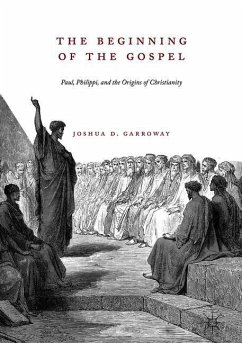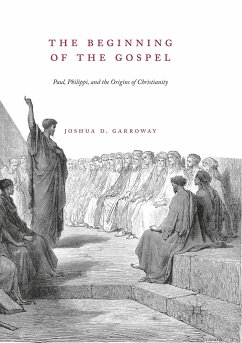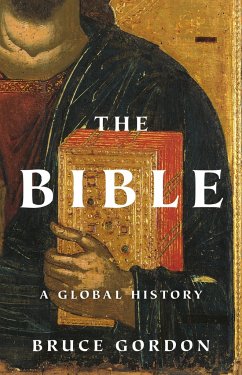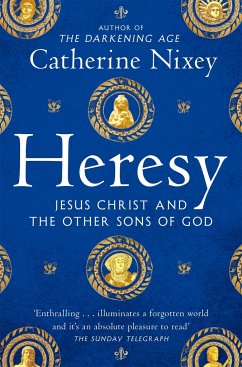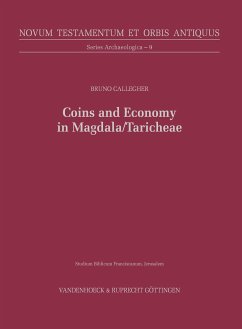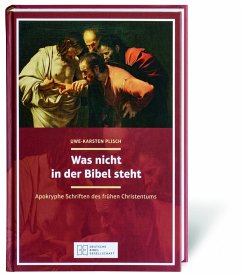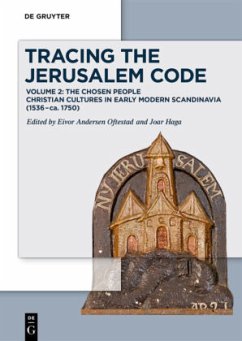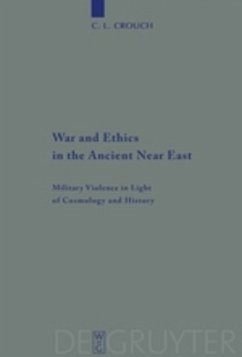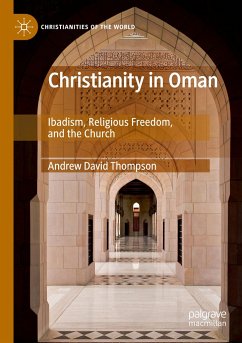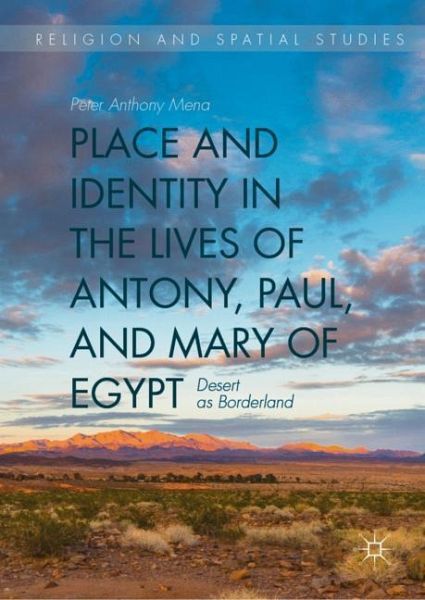
Place and Identity in the Lives of Antony, Paul, and Mary of Egypt
Desert as Borderland

PAYBACK Punkte
34 °P sammeln!
In this book, Peter Anthony Mena looks closely at descriptions of space in ancient Christian hagiographies and considers how the desert relates to constructions of subjectivity. By reading three pivotal ancient hagiographies-the Life of Antony, the Life of Paul the Hermit, and the Life of Mary of Egypt-in conjunction with Gloria Anzaldúa's ideas about the US/Mexican borderlands/la frontera, Mena shows readers how descriptions of the desert in these texts are replete with spaces and inhabitants that render the desert a borderland or frontier space in Anzaldúan terms. As a borderland space, th...
In this book, Peter Anthony Mena looks closely at descriptions of space in ancient Christian hagiographies and considers how the desert relates to constructions of subjectivity. By reading three pivotal ancient hagiographies-the Life of Antony, the Life of Paul the Hermit, and the Life of Mary of Egypt-in conjunction with Gloria Anzaldúa's ideas about the US/Mexican borderlands/la frontera, Mena shows readers how descriptions of the desert in these texts are replete with spaces and inhabitants that render the desert a borderland or frontier space in Anzaldúan terms. As a borderland space, the desert functions as a device for the creation of an emerging identity in late antiquity-the desert ascetic. Simultaneously, the space of the desert is created through the image of the saint. Literary critical, religious studies, and historical methodologies converge in this work in order to illuminate a heuristic tool for interpreting the desertin late antiquity and its importance for the development of desert asceticism. Anzaldúa's theories help guide a reading especially attuned to the important relationship between space and subjectivity.





